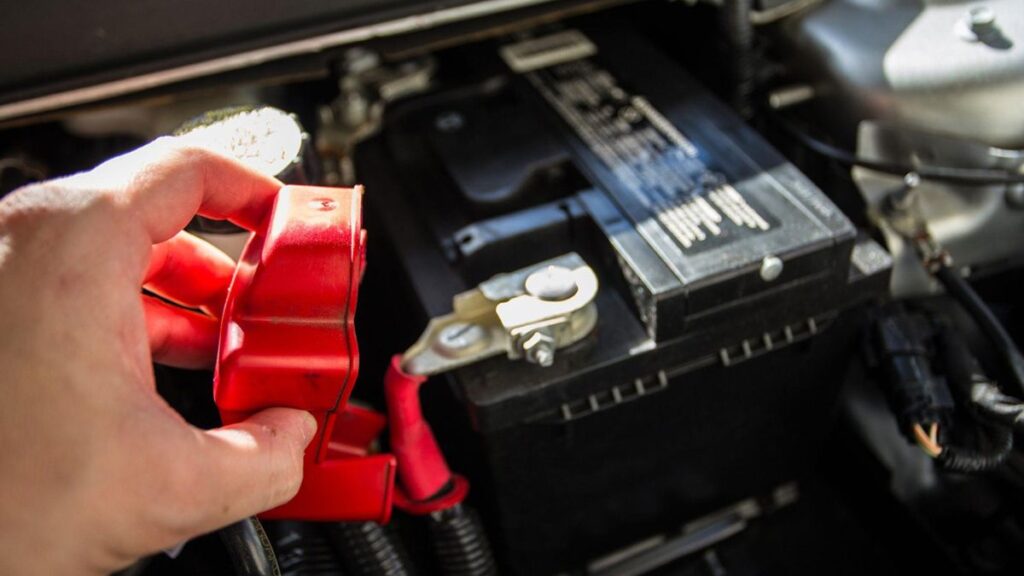When considering the power sources that keep our vehicles running, it’s essential to understand the differences between van batteries and car batteries. Each type is designed with specific purposes in mind, and knowing what sets them apart can significantly impact your driving experience, the performance of your vehicle, and long-term maintenance costs.
Understanding Vehicle Battery Types
At first glance, both van and car batteries may seem similar; they each perform the crucial role of supplying electrical power to the vehicle. However, various factors distinguish them, including size, capacity, and function.
Size and Design
Car batteries are generally smaller than van batteries. Cars tend to have less electrical demand, relying predominantly on the starter for ignition and some auxiliary power for headlights, radio, and infotainment systems. In contrast, vans often serve heavier-duty functions—often used for transporting goods, serving as mobile workshops, or providing family transport over long distances. This increased demand translates into a need for a larger battery with higher power capacity.
Van batteries are, therefore, designed to provide more reliable power for extended periods, accommodating both starting currents and the higher energy requirements from additional systems and accessories.
Capacity and Power Output
One key distinction between these two battery types lies in their capacity, measured in amp-hours (Ah). Car batteries typically range from 40 to 80 Ah, enough to start the engine and power essential electronics. Meanwhile, van batteries often start at around 100 Ah and can go much higher, depending on the application.
This added capacity in vans not only supports the vehicle’s starter but also powers additional equipment that may be necessary for work or leisure. For instance, if you need to run tools or accessories in the back of a van, a high-capacity battery is essential.
For anyone looking for an ideal battery for a van, it can be worthwhile to explore options tailored specifically for larger vehicles. To do so, see the full van battery collection available, featuring robust batteries ready for rigorous use.
Intended Usage
The intended use of both vehicles is another critical factor that distinguishes these batteries. A typical car battery is primarily designed for short-term use; as soon as the engine starts, the alternator takes over, recharging the battery as needed. In contrast, van batteries are often subjected to more extensive use cases.
Whether a van is frequently idling to power onboard equipment or making longer journeys consistently, it is necessary for van batteries to be more durable and capable of deep cycling, meaning they can be discharged and recharged without degrading quickly. This is particularly vital for tradespeople using vans equipped with tools and appliances that draw significant power.
Lifespan and Durability
The lifespan of a vehicle’s battery can fluctuate based on various factors, including vehicle usage, climate, and regular maintenance. Car batteries often last between 3 to 5 years under normal conditions. However, van batteries, with their built-in capacity for deeper cycling and more rigorous energy demands, are designed to withstand heavy use and can last longer—often reaching 5 to 7 years or beyond if correctly maintained.
Choosing the right battery is not just about compatibility; it’s also about durability. A van battery might also be built with more robust materials to handle harsher conditions, especially when frequently loaded or unloaded, which is often the reality in commercial and trades applications.
Installation and Maintenance Considerations
Installation Differences
Installing a car battery is generally straightforward, given its smaller size and simplicity. However, vans can present additional hurdles during installation. The larger size of van batteries may affect placement and the connections required. It’s crucial to ensure proper fitting to avoid issues with movement or vibration that could damage the battery or connections over time.
Maintenance Needs
Regular maintenance can extend the lifespan of either type of battery. For both cars and vans, it is a good practice to check the terminals for corrosion, keep them clean, and ensure that connections are secure. Additionally, keeping an eye on fluid levels in non-sealed batteries is essential.
However, with van batteries, it might be necessary to conduct more frequent checks, particularly if the vehicle is often used for extended periods without running the engine. The demand placed on the battery can lead to quicker discharge rates, making an understanding of battery maintenance vital for ensuring consistent performance.
Conclusion
Understanding the differences between van batteries and car batteries is invaluable for anyone using these vehicles, whether for personal or commercial purposes. The distinction in size, capacity, intended usage, lifespan, and maintenance can greatly impact vehicle performance and reliability.
If you’re in the market for a new battery, assessing the specific needs of your vehicle will help you choose an appropriate type. For larger vehicles like vans—where power demands are greater and usage patterns may vary significantly—investing in a quality, high-capacity battery designed for your intended function is key to maintaining efficiency and reliability on the road.
By making informed decisions about the batteries that power our vehicles, we can enhance our driving experiences, reduce downtime, and ensure that we’re always prepared for whatever the journey may hold.






